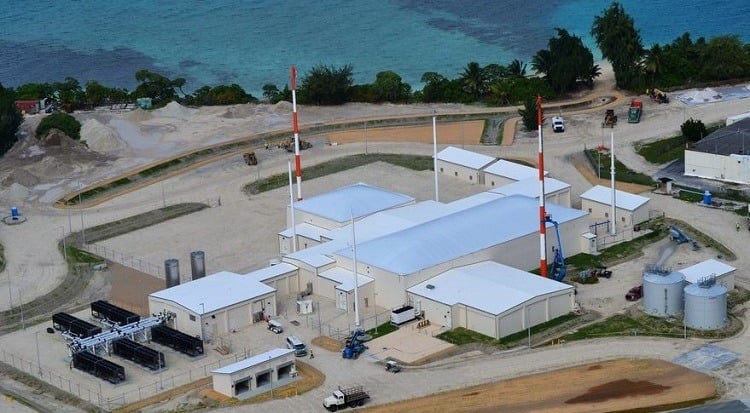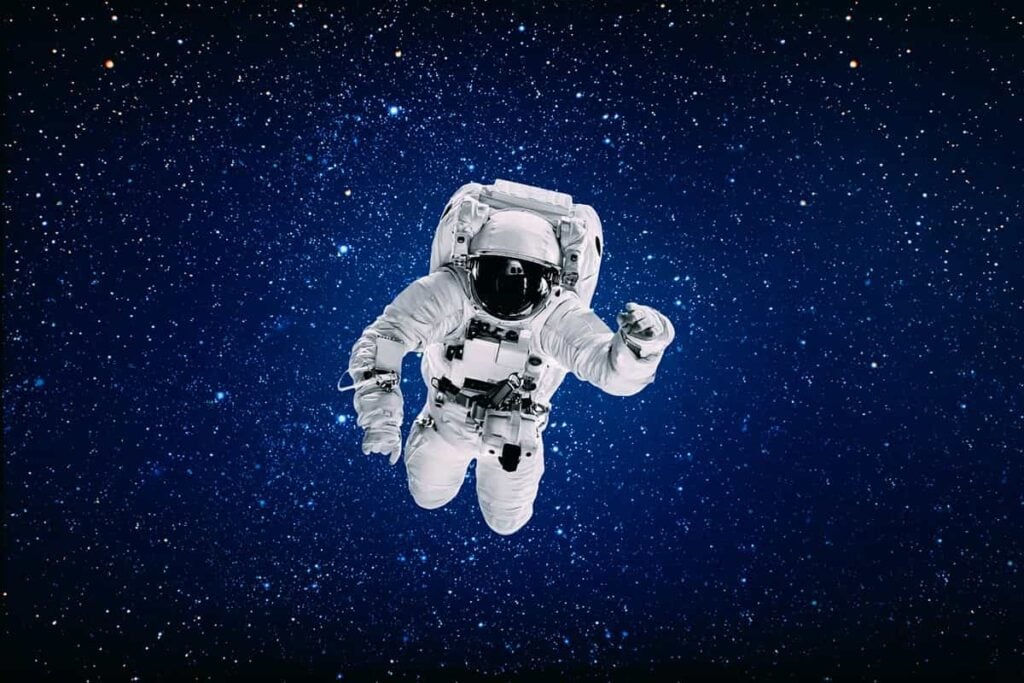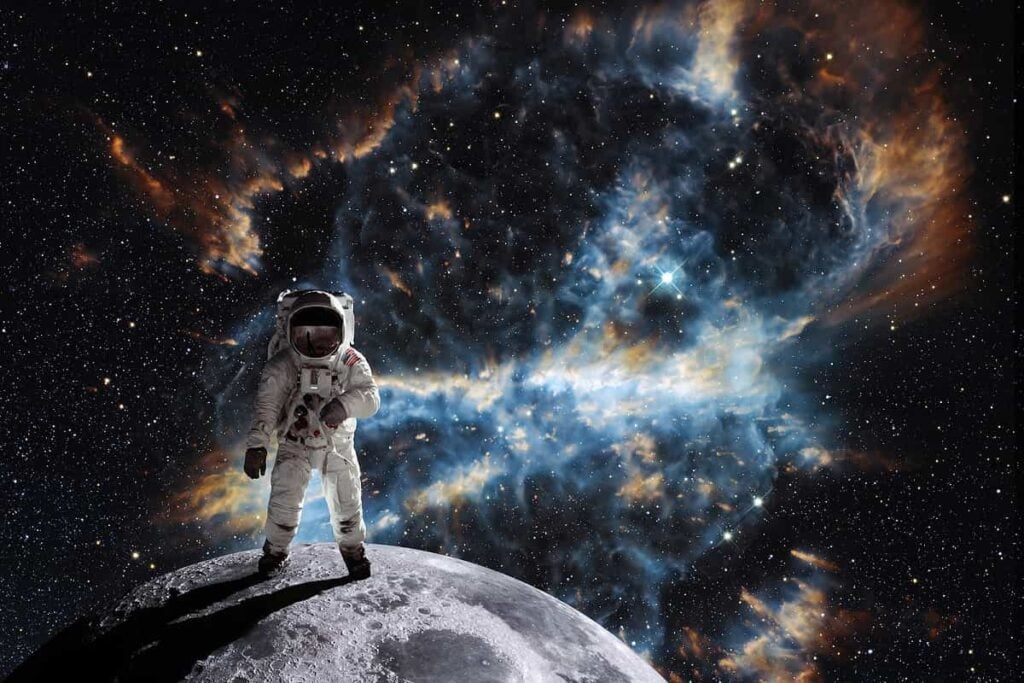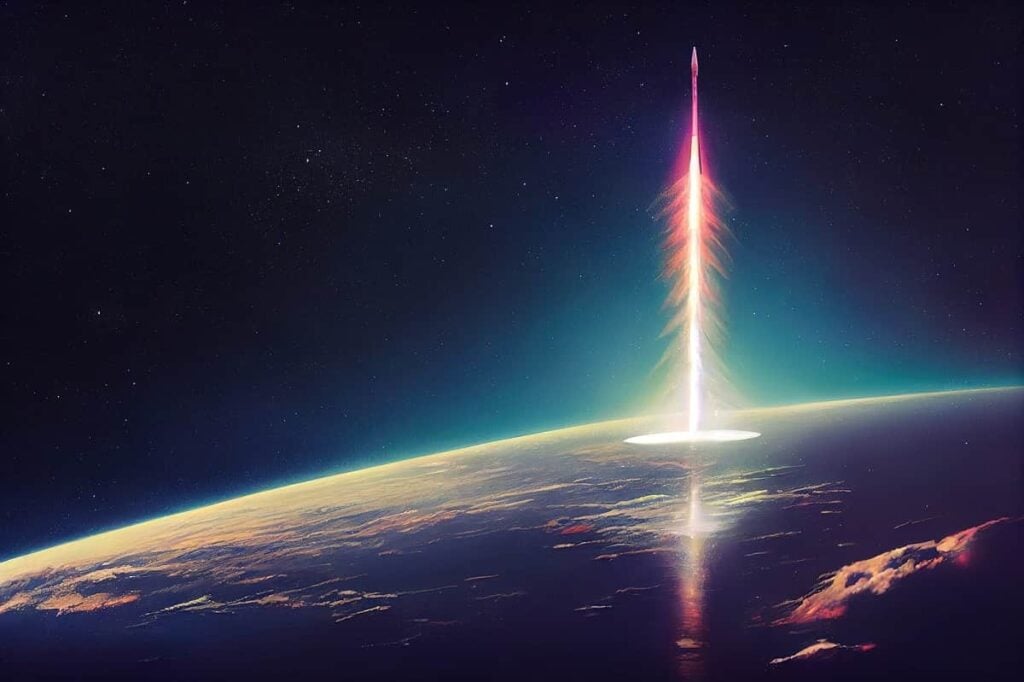Tracking Space Junk Around the Earth Using Radar
Table of contents
Located 2,381 miles from Hawaii and 4,655 miles from the coast of China, the Marshall Islands is an obscure place to visit. With a population of just over 53,000 people, it’s one of the least visited countries in the world with less than 5,000 visitors arriving in any given year. While the Marshall Islands may be off the beaten path, it pales in comparison to a place in the Marshall Islands called Kwajalein. With a population of about 1,000 Americans, Kwajalein – or Kwaj as they call it – is a U.S. Army Garrison that’s parked next to the world’s largest lagoon. With World War 2 wrecks just about everywhere, it’s one of the best places in the world to dive. Problem is, divers can’t go there. The island is strictly off limits to tourists. Fortunately, we’re well connected with some of the brass, so we decided to air-drop an MBA into Kwajalein where he spent his evenings drinking a popular flavorless spritzer they serve at The Snake Pit called Bud Light.
It was only after spending some time on Kwaj that we learned about the Lockheed Martin Space Fence
The Lockheed Martin Space Fence
While half of Kwajalein is made up of quaint little neighborhoods populated by eccentric Americans, the other half of the island has all kinds of interesting things going on. The building at the far end of the runway houses the demolition disposal unit, and they’re always being called to places around the island where ordnance and munitions are being unearthed – sometimes using remote-control excavators. Don’t climb that grassy berm to get a better view of the island because security will quickly come around and tell you off. In Kwajalein, you can’t climb higher than 15 feet without a permit. That’s because of the massive amounts of radiation being let off by the radar equipment on the island. Perhaps the most sophisticated piece of radar equipment on the island is Space Fence, a Lockheed Martin project that scans the heavens for space junk with the ability to detect objects the size of marbles.

The Gallium Nitride (GaN) powered S-band ground-based radar system seen above will allow for an increase in the amount of space junk tracked by 10-fold over the current system. It’s so powerful they needed engineers to develop a new power plant on the atoll just to power Space Fence. It’s now in operation as evidenced by an alert in March of this year when the Indians decided to do their part in helping further increase the amount of space junk out there.
How Much Space Junk is There?
A couple of nice ladies over at the World Science Foundation – Julie Rossman and Roxanne Palmer – put together an infographic that contains some fascinating tidbits of information, just a few of which appear to be better expressed pictorially – like this breakdown of space junk by size:

The rest of the key bits are just easier to list out. There are 7,000 tons of space junk orbiting our planet right now ranging from pieces of broken up satellites to a spatula. There’s a 3% chance that during the lifetime of a satellite it will be struck by an object greater than 1 centimeter wide which would be traveling at the speed of a bullet shot from an M16. Over time, all this stuff will eventually fall back to earth provided we don’t create any more junk. No need to worry though, since less than 100 space junk objects actually impact the planet on any given year (your odds of being hit by space junk are about 1 in 1 trillion.) That’s space junk in a nutshell, and while it may seem like a rather benign problem, something called the Kessler syndrome leads us to believe otherwise.
The Kessler Syndrome
Back in 1978, a NASA scientist named Donald J. Kessler warned that an increasing amount of space junk might make space exploration “problematic.” In his words:
As the number of artificial satellites in earth orbit increases, the probability of collisions between satellites also increases. Satellite collisions would produce orbiting fragments, each of which would increase the probability of further collisions, leading to the growth of a belt of debris around the earth.
This theory holds true when we look at the source of space junk today. A third of all cataloged orbital debris comes from two incidents. The first was when a bunch of Chinese mainlander space tourists blew up one of their own satellites on purpose just to show that they could. The second was when – as Mr. Kessler warned – two satellites collided. In February of 2009, an inactive Russian communications satellite, Cosmos 2251, collided with an active commercial communications satellite operated by U.S.-based Iridium Satellite LLC. A concise report on this debacle by space expert Brian Weeden talks about how the current legal frameworks don’t do a very good job determining who is liable, or even what “liable” means. The fallout from the collision lends some credibility to what Mr. Kessler said about “increasing the probability of future collisions.”
According to the aforementioned report, “analysis by both NASA and outside experts indicates that more than half of the Iridium debris will remain in orbit for at least 100 years, and much of the Cosmos debris will remain in orbit at least 20 to thirty years.” Space junk is a problem, and it could become an even bigger problem in the future. Hundreds of millions of dollars a year gets spent on maneuvering spacecraft to avoid collisions. Sounds like there might be a business opportunity floating around here somewhere.
A Space Junk Investment Thesis
So far, we’ve concluded that:
- Space junk is a problem
- Preventative measures are needed to avoid Kessler syndrome
- Tracking space junk is a necessary task
- Removing space junk can save money
What we haven’t decided yet is who should foot the bills when it comes to cleaning up the space junk. As mentioned earlier, the regulatory frameworks don’t do a good job of assigning accountability. Still, there will be a demand for the sort of big data that gets produced by Space Fence. While the original plan was for that data to be shared “with at least seven countries and 44 companies,” no further details have been released. So where do we go to get this data in the meantime? In August of last year, CNN published an article titled Inside the high-stakes business of tracking space junk which talks about one space-junk-tracking company that doesn’t believe they have much competition.

An article published by CNN last year talks about how they look eight days into the future to spot potential collisions, and that the company has “spent tens of millions of dollars buying data from operators of telescopes, radio antennae and radars.” They also source data from some of their own collection devices. Since the majority of space junk is located in Low-Earth Orbit (LEO), AGI expects increased demand for their services given that the major satellite constellations planned by the likes of SpaceX and OneWeb are all LEO.
Conclusion
Given the involvement in Space Fence of firms like Lockheed Martin and General Dynamics, it seems likely that some commercialized solution could come out of this. If AGI truly has no competitors, then you can probably expect some to start appearing if there’s a large enough total addressable market for tracking space junk. Companies that are launching large constellations of satellites hoping to provide broadband services to everyone in the world will need to become increasingly aware of what’s around them and work closely with all stakeholders to minimize collisions at all costs. As we noted last year, the number of working satellites orbiting the earth (1,738) is dwarfed by the number of satellites in space that are not working (2,897). Until we clean all that space junk up, we need to be aware of where it lives so we don’t create more of it. In our next article on this topic, we’ll look at how we might begin to clean up all that space junk.
Sign up to our newsletter to get more of our great research delivered straight to your inbox!
Nanalyze Weekly includes useful insights written by our team of underpaid MBAs, research on new disruptive technology stocks flying under the radar, and summaries of our recent research. Always 100% free.
















